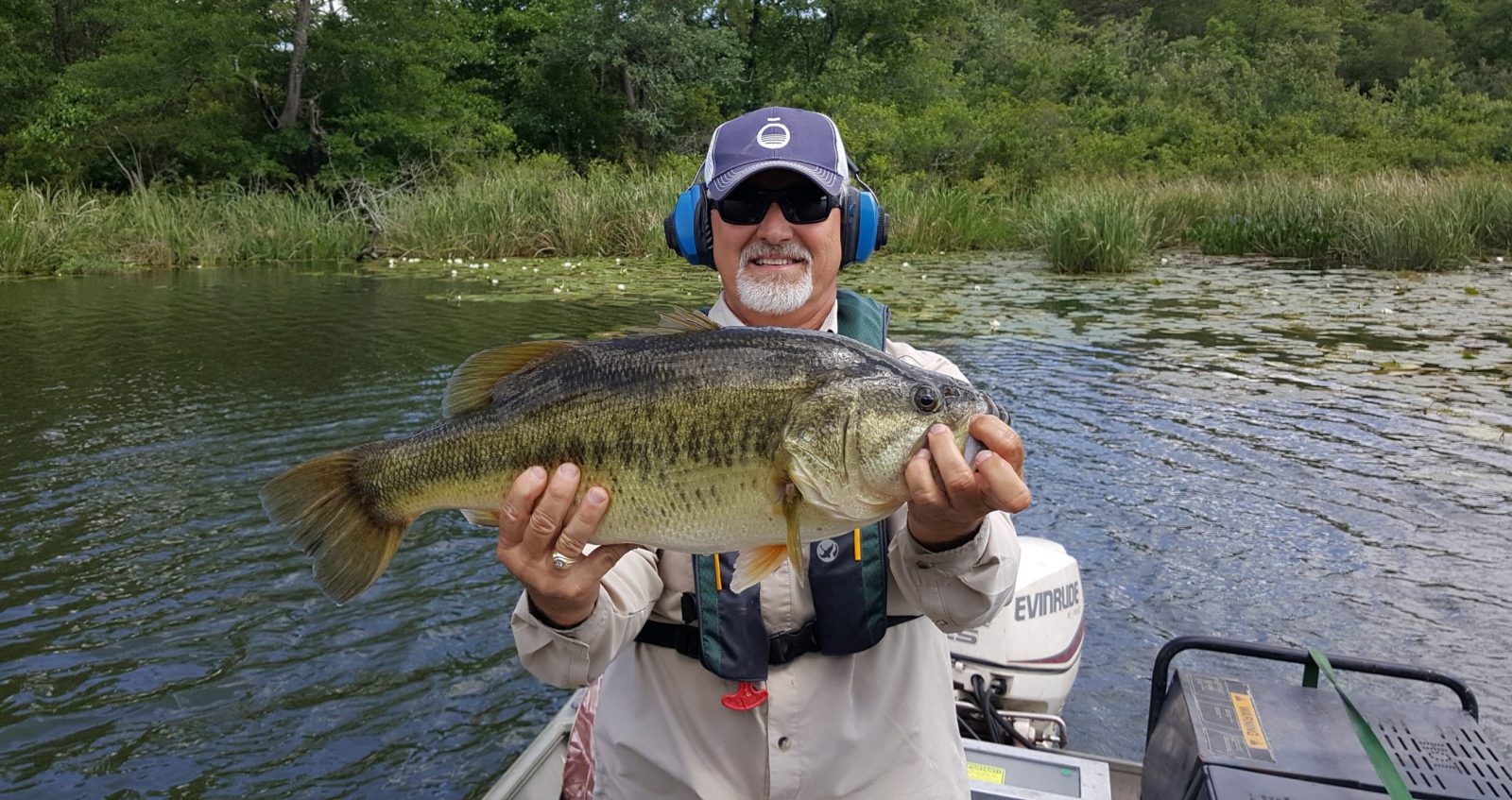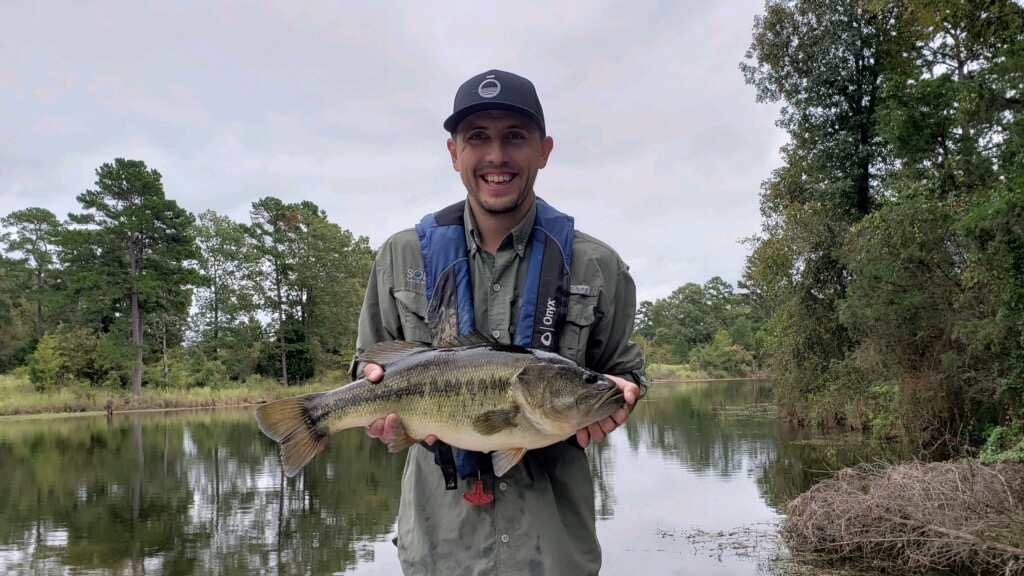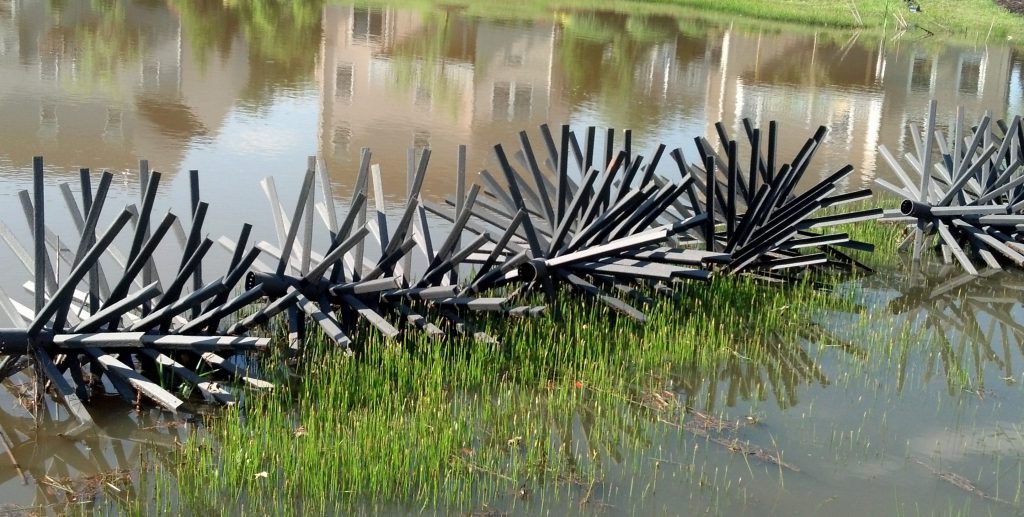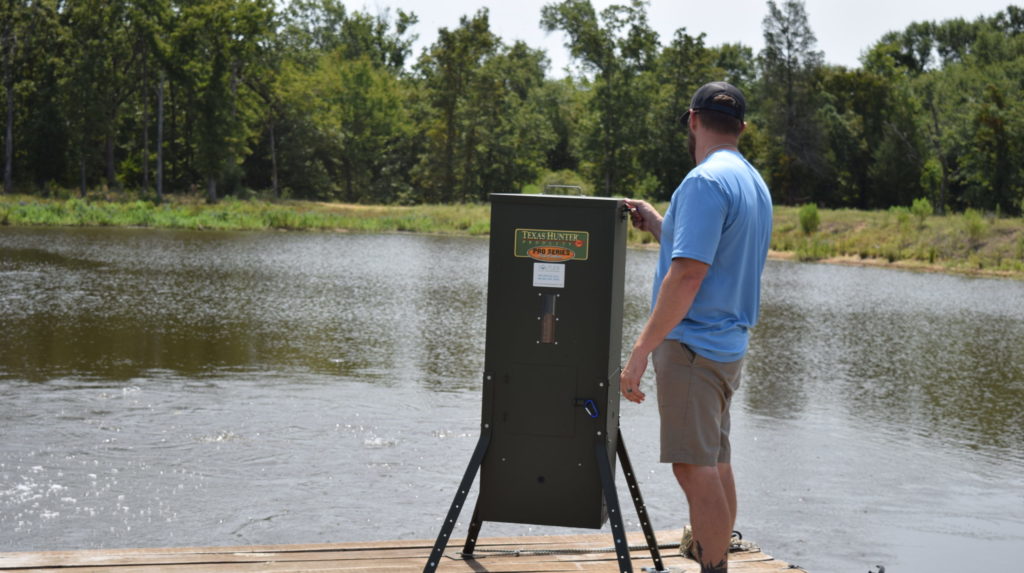
How To Improve Fishing Success In Ponds And Lakes
By Industry Expert David Beasley, Lead Fisheries Biologist
Catching pond fish on a consistent basis, can prove to be very challenging at times. Many variables affect how successful a fishing outing may be. For example, some of the reasons why fish do not bite are related to environmental variables such as barometric pressure and moon phases. Other times, fish are simply full from a recent meal. In these situations, anglers have limited control over their catch rates.
Given that the odds are not always in the fisherman’s favor it is best to take action and improve the odds where possible. A fundamental strategy, when improving fishing success, is to increase the number of fish in the areas you are fishing. Sounds simple, right? Two angles can be taken to improve fishing: 1) simply attract the fish you have to particular areas, 2) improve the fishery so that it has more fish.

The most common fish species found in ponds are bluegill and largemouth bass. They both spawn on gravel, but bluegill, which are forage fish, spawn in colonies whereas largemouth bass are territorial and prefer a fair amount of distance between them and other bass spawning beds. Fortunately for those looking to improve fishing, most manmade waterbodies have a mucky bottom and lack the gravel substrate that bluegill and bass prefer. This lack of proper fish habitat provides a great opportunity for people to enhance the spawning habitat and encourage fish to congregate in fishing areas.

Improve Fish Cover
Improving fish cover is another great way to draw fish to an area. The two most commonly known reasons why fish cover attracts fish are because: 1) it provides refuge for small fish, 2) it allows predator fish to ambush prey. Cover can consist of both natural and or artificial materials. Natural materials such as cedar trees work well. If looking for materials that will not break down over time, there are many types of artificial fish cover available. Just like with the gravel substrate, most manmade ponds lack sufficient cover, and as a result, leave fishermen with a great opportunity to encourage fish to congregate in designated areas.

Add Fish Feeders
If looking to enhance a fishing area even further and help to ensure fishing will be good, an automatic fish feeder can be installed near the fishing access point. Feeders are great tools for attracting bluegill to areas and are a great fit for ponds that would like large bluegill. In addition to attracting fish and producing bigger fish, fish feeders do a great job at increasing the number of fish a waterbody can support.
Having a pond or lake that is a reliable place to catch fish is hard to find. Providing novice anglers, especially children, with a location where fishing is a bit easier than the real world, can instill an energy and passion for the outdoors and put a positive spin on their experiences. If you have an opportunity to enhance a local fishing area, I encourage you to do so. The enjoyment brought to others will be well worth the efforts.
FREE REPORT:6 Reasons to Invest in a Pro Fisheries MGMT Company
David Beasley is a Lead Fisheries Biologist with SOLitude Lake Management. Since 1998, SOLitude LakeManagement has been committed to providing full service lake and pond management services that improve water quality, preserve natural resources, and reduce our environmental footprint. Services are available throughout the Eastern United States. Fisheries management consulting and aquatic products are available nationwide. Learn more about SOLitude Lake Management and purchase products at www.solitudelakemanagement.com.









